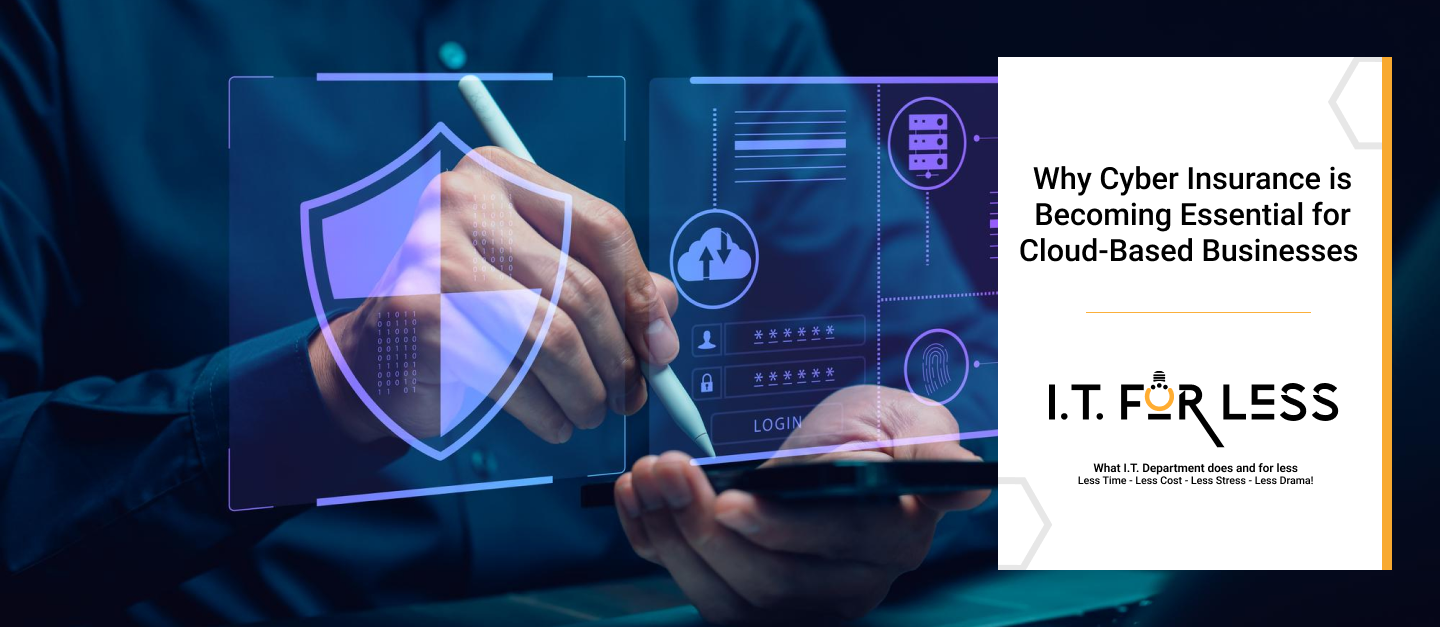Cloud adoption has unlocked incredible opportunities for businesses—scalability, cost savings, and flexibility. But with this shift comes new risks. Cyberattacks, ransomware, and data breaches are growing in frequency and sophistication, making cyber insurance an essential safeguard for cloud-based businesses in 2025 and beyond.
The Rising Threat Landscape
Cybercriminals know that businesses rely on the cloud for critical operations and sensitive data. This makes cloud environments prime targets for:
- Ransomware attacks that lock access to cloud applications until a ransom is paid.
- Data breaches exposing customer or financial information.
- Phishing schemes that trick employees into giving away credentials.
Even with strong cloud security practices, no environment is immune to attacks.
What Is Cyber Insurance?
Cyber insurance is a policy that helps businesses recover financially from cyber incidents. Coverage often includes:
- Costs for data recovery and system restoration
- Legal and regulatory fees after a breach
- Notification costs for affected customers
- Ransom payments in some cases
- Business interruption coverage for downtime losses
For cloud-based businesses, this safety net is invaluable when facing the unexpected.
Why Cloud-Based Businesses Need It More Than Ever
- Shared Responsibility Doesn’t Eliminate Risk
Cloud providers secure the infrastructure, but customers are responsible for securing data, applications, and configurations. Insurance helps cover gaps when breaches occur.
- Compliance and Legal Requirements
Many industries require proof of cyber insurance to demonstrate preparedness for audits or vendor contracts.
- Downtime Costs Are Rising
Even a few hours of cloud downtime can cost businesses thousands—or millions—in lost revenue. Insurance helps soften the financial blow.
- Evolving Threats Outpace Defenses
AI-driven cyberattacks and increasingly complex ransomware strains mean even well-defended businesses need a backup plan.
Best Practices Alongside Cyber Insurance
- Maintain strong cloud security hygiene (MFA, encryption, IAM).
- Conduct regular risk assessments.
- Train employees to spot phishing and handle data securely.
- Treat insurance as a last line of defense, not a replacement for security.
Final Thoughts
In today’s digital-first world, cyber insurance has moved from a “nice-to-have” to a business essential—especially for cloud-based organizations. It doesn’t replace good security practices, but it does ensure resilience when incidents happen.
Partner with I.T. For Less today and take the first step toward securing both your cloud environment and your business continuity.
